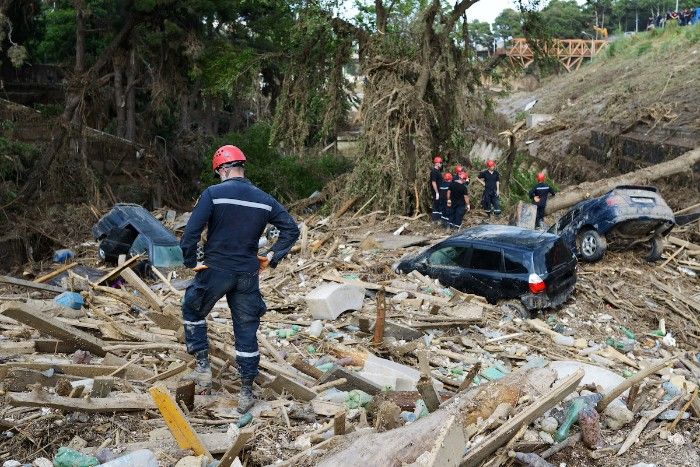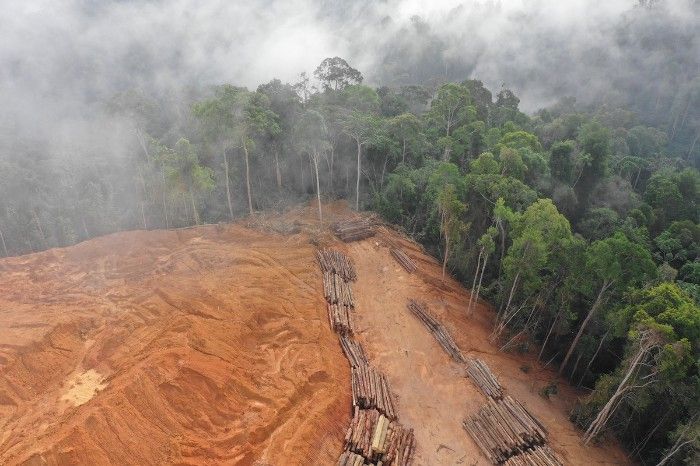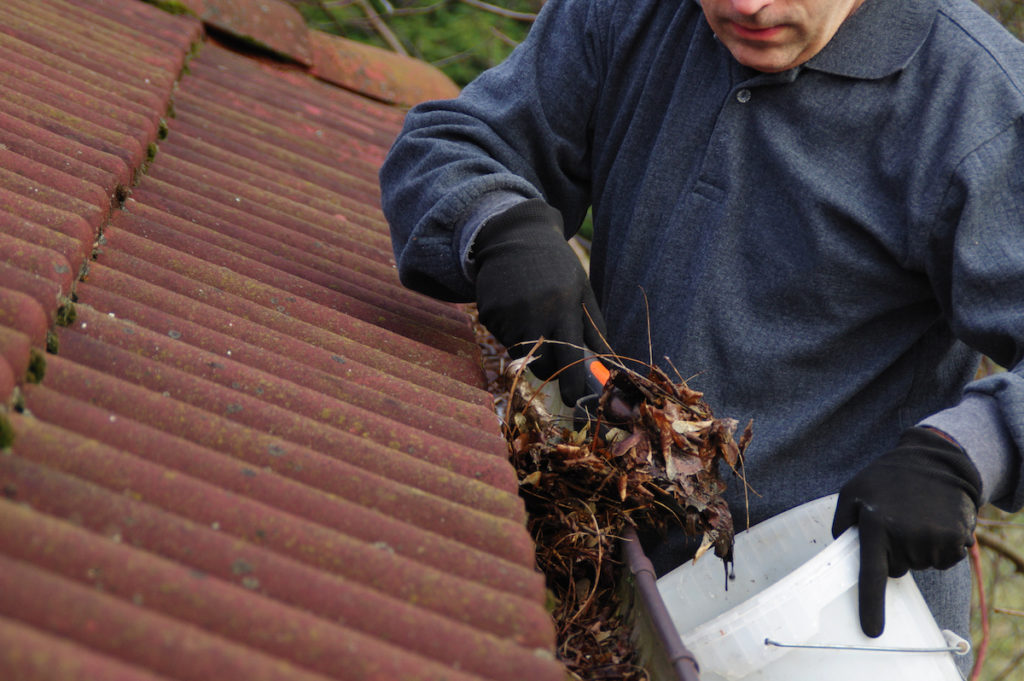How to Clean Your House After a Mudslide

Nature’s unpredictable fury can strike without warning, leaving behind devastating consequences. Among nature’s most destructive forces, mudslides can turn tranquil landscapes into scenes of chaos, leaving homes and properties buried under a layer of mud and debris. The aftermath of a mudslide is undeniably overwhelming, but amidst the destruction, there is hope and resilience. While cleaning up after a mudslide can be daunting, we’ll provide a comprehensive guide on how to clean your house after a mudslide.
What Is a Mudslide and What Causes Them?
Mudslides, or landslides, debris flows, and mudflows, are geological phenomena characterized by the sudden and rapid movement of soil, rock, and debris down a slope. These natural disasters can devastate the environment and human settlements in affected areas. Mudslides can occur in various forms, including debris flows, earth flows, and rockfalls, depending on the type of material involved and the movement speed.
Several factors contribute to the occurrence of mudslides:
- Heavy Rainfall and Snowmelt. Prolonged periods of intense rainfall or rapid snowmelt can saturate the soil, reducing its stability and triggering mudslides. The excess water adds weight to the slope, weakening its ability to hold together and increasing the likelihood of failure.
- Steep Slopes and Lack of Vegetation. Slopes with a sharp incline and little vegetation are more vulnerable to mudslides. Vegetation plays a crucial role in anchoring the soil and preventing erosion, so its absence on steep terrain leaves the ground exposed and prone to sliding downhill.

- Human Activities. Human intervention can disrupt the natural balance of slopes, making them susceptible to mudslides. Deforestation removes protective tree cover, construction alters the landscape, mining weakens the ground, and improper land use can exacerbate erosion, all contributing to an increased risk of landslides.
- Geological Factors. Earthquakes and seismic activity can trigger mudslides by shaking the ground and destabilizing rock formations. On the other hand, volcanic eruptions may produce pyroclastic flows that mix with soil and rocks, creating a deadly combination that cascades down the slopes.
Understanding these underlying causes is essential for implementing effective prevention and mitigation strategies to protect lives and property in areas prone to mudslides. Awareness and proper land management practices can significantly reduce the impact of these destructive natural events.
How to Prepare for a Mudslide
Preparing for a landslide or debris flow involves several crucial steps to ensure your safety. Begin by understanding your area’s risk level and staying informed about potential hazards. Check with local authorities and geological surveys to determine if mudslides are common in your region.
Pay close attention to weather reports during wet seasons, as heavy rainfall can trigger mudslides. You will know if a debris flow is near if water breaks through the ground surface in new locations and underground utility lines fail. A faint rumbling sound is noticeable, the volume increases, and the ground slopes downward and may begin to shift.
Create a comprehensive family evacuation procedure and designate safe meeting places. Assemble a disaster supply kit with essential items, such as food, water, first aid supplies, flashlights, batteries, and important documents, to sustain your family for at least 72 hours.

Knowing the safest escape routes to higher ground is vital, and it’s wise to plan multiple options in case some roads become blocked during a mudslide. If you are outside, evacuate to the nearest high ground, away from the landslide or debris flow. If you live in a high-risk area, consider building retaining walls or barriers to divert potential mudflows. Additionally, avoid constructing in regions with a history of mudslides or within high-risk zones. Ensure drainage systems are clear to prevent water accumulation and install mudslide early warning systems if available.
How to Clean After a Mudslide
Once the danger has subsided, it’s time to begin cleaning up after a mudslide. Before you start, ensure the area is safe and take all necessary safety precautions. Wear protective gear, such as gloves, boots, goggles, and masks, to avoid contamination.
- Prioritize Safety. Before starting cleanup activities, assess the area for potential hazards. Debris flows can cause structural damage and dislodge rocks, debris, and broken utility lines. Make sure the area is stable and safe to enter. Stay away from the slide area until local officials say entering is safe. Look for and report broken utility lines to appropriate authorities.
- Contact Authorities. If the mudslide has caused significant damage or affected public areas, such as fallen power lines and broken branches, contact local authorities, such as emergency services or your municipality, to report the incident.
- Document the Damage. Take photographs or videos of the affected areas for your insurance company; document damage to your property and possessions to help with claims later.
- Clear Drains and Gutters. If you notice that drains and gutters are clogged with mud and debris, clear them to prevent further water accumulation and potential flooding.

- Remove Debris. Clear loose debris and mud from walkways, driveways, and other essential areas. Use a shovel or a rake to remove the ground carefully.
- Assess Structural Damage. Check your home or other structures for any signs of debris flow damage. Look for cracks, tilting, or other structural issues. If you suspect damage, have the building inspected by a professional before reentering. Replant damaged ground as soon as possible because erosion caused by loss of ground cover can lead to future flash flooding.
- Clean Indoor Areas. If the mudslide has entered your home, carefully clean the affected areas. Use buckets, mops, and wet vacuums to remove mud and water. Ventilate the space to help with drying, but be cautious of potential gas leaks, carbon monoxide poisoning, or electrical hazards.
- Disinfect and Sanitize. Mudslides contain contaminants, so disinfect and sanitize affected areas thoroughly. Use water and bleach (1 cup of bleach per gallon) to clean hard surfaces.
- Address Landscaping. Assess your property’s landscaping and take appropriate measures to prevent future mudslides. Consider planting native vegetation, installing retaining walls, and adding mulch to stabilize the soil.
- Call the Professionals. If the damage is extensive or you are unsure how to proceed safely, contact professional cleanup and restoration services. They have the experience and equipment to handle large-scale mudslide damage cleanup safely and effectively.
Remember, the aftermath of a mudslide can be emotionally challenging, significantly if it has affected your home and belongings.
Affected by Mudslides? Call PuroClean!
If a mudslide has damaged your home or business, PuroClean can help. We provide comprehensive services for mudslide cleanup, ranging from debris removal to complete restoration of affected areas. Our professionals use advanced techniques and equipment to restore homes and businesses quickly and efficiently. We provide compassionate, personalized service that helps get your life back on track. Call us at (877) 261-7876 or visit our office locator today to find a PuroClean near you.